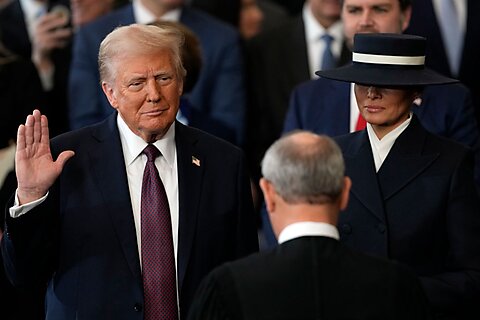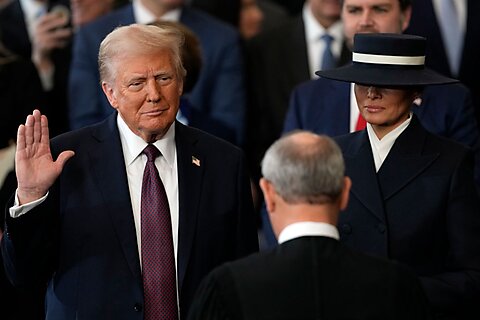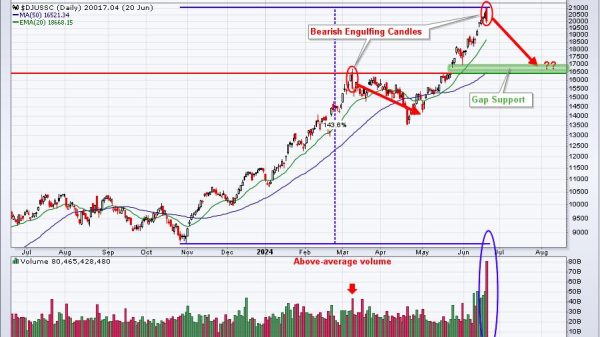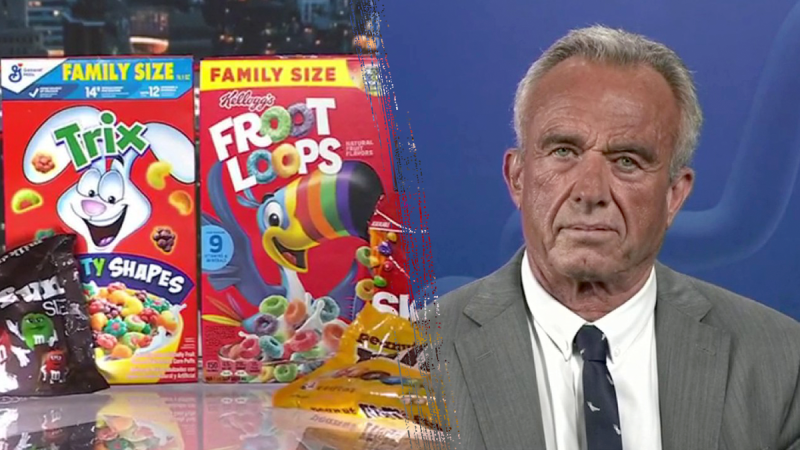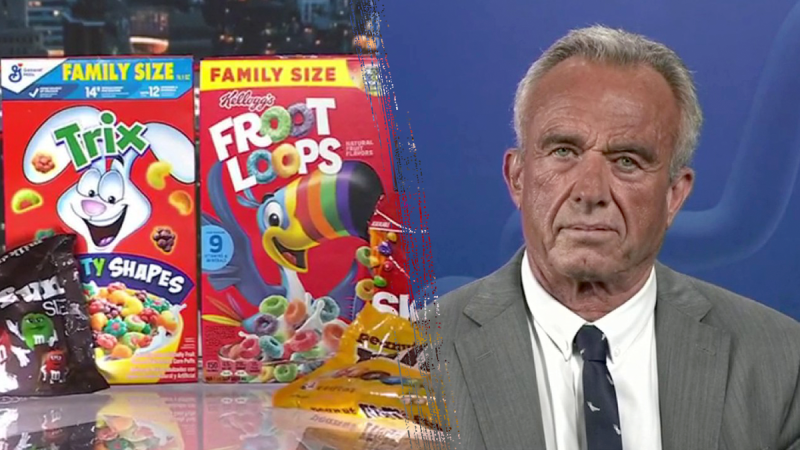
On April 22, 2025, the U.S. Department of Health and Human Services (HHS) and U.S. Food and Drug Administration (FDA) announced their bold initiative to remove eight petroleum-based synthetic dyes in our nation’s food supply over the next two years, putting us more in line with our friends in the European Union, who have had many of these petroleum-based synthetic dyes banned for years.
And all I can say is – it’s about time!
From M&Ms to Doritos, many of the foods we snack on contain one or more of the artificial food dyes now on the ‘chopping block’ in the U.S. In fact, a recent Wall Street Journal analysis discovered that 1 out of every 10 food products contains at least one synthetic dye. This means that foods we may not even expect to contain synthetic dyes – such as certain pickles or pre-made pie crusts – include them.
But does it matter for our health and the health of our children?
In full transparency, the research is not conclusive. There are no clear causal studies showing that these petroleum-based artificial food dyes directly lead to cancer, mental health issues or obesity, among other health conditions. However, as U.S. FDA Commissioner, Dr. Marty Makary, and other health experts have highlighted, the growing body of scientific literature shows a clear correlation.
For example, a report released by the state of California in 2021 suggested that synthetic food dyes are associated with hyperactivity and neurobehavioral issues in some children. Additionally, scientific research examining FD&C Red No. 3 found that it can cause cancer in rats; with no high-quality, human-based studies on the topic, do we really want to ignore this finding and risk FD&C Red No. 3 being a cancer-causing agent in family and friends?
It’s important to remember that a lack of causal studies does not mean these artificial food dyes are safe. The shortage of this level of scientific literature is not because of limited interest, but because such studies are incredibly challenging to conduct, with many environmental and other confounding factors at play that are extremely hard to account for appropriately in a robust way.
So, while we may only have preliminary studies demonstrating a correlation between synthetic food dyes and health conditions, we must use common sense.
Petroleum-based synthetic food dyes offer no nutritional value. No one can argue they add a health benefit to food products, and – in fact – they are often used in ultra-processed foods that may be addictive and negatively impact an individual’s health and well-being.

The goal of synthetic food dyes is to draw in customers to the attractive, long-lasting vibrant colors not found in nature. The use of these dyes may drive up sales for corporate America but – it seems – at the expense of our health and the health of the next generation of Americans.
While the process to remove petroleum-based synthetic food dyes from our food products has commenced officially in full force, we will not wake up tomorrow with grocery store shelves rid of these concerning chemicals. In the interim, we must work to be more educated and thoughtful consumers.
By making it a habit to look at the ingredient list on food packages, we can know which foods have these artificial dyes and seek alternative products or forgo them altogether. I would urge all of us reduce our intake of products that include these synthetic dyes and focus on adding more whole foods and natural herbs to our diets.

The leadership shown by addressing this problem at the national level with clear guidelines and expectations provides much-needed clarity to all stakeholders, including not just companies who make food products but families as well.
Importantly, the policy doesn’t ban foods or reduce choice; it simply works to make us a healthier nation. We will still have Froot Loops, for example, but the colors we have come to love will need to be created using natural alternatives like turmeric for yellow, beetroot for red, spirulina for blue-green, and carrots for orange, among others.
The Trump administration should be applauded for this important step forward in their ongoing effort to Make America Healthy Again, but there remains much to do to ‘fix’ our nation’s health and healthcare system.
The opinions, thoughts, and ideas expressed in this article are those of the authors only and not necessarily those of any employers or institutions of which they are affiliated.

